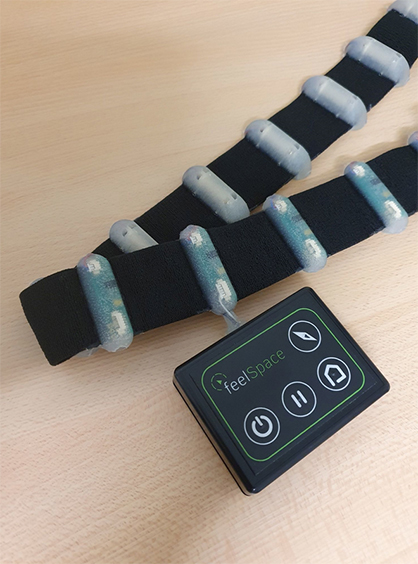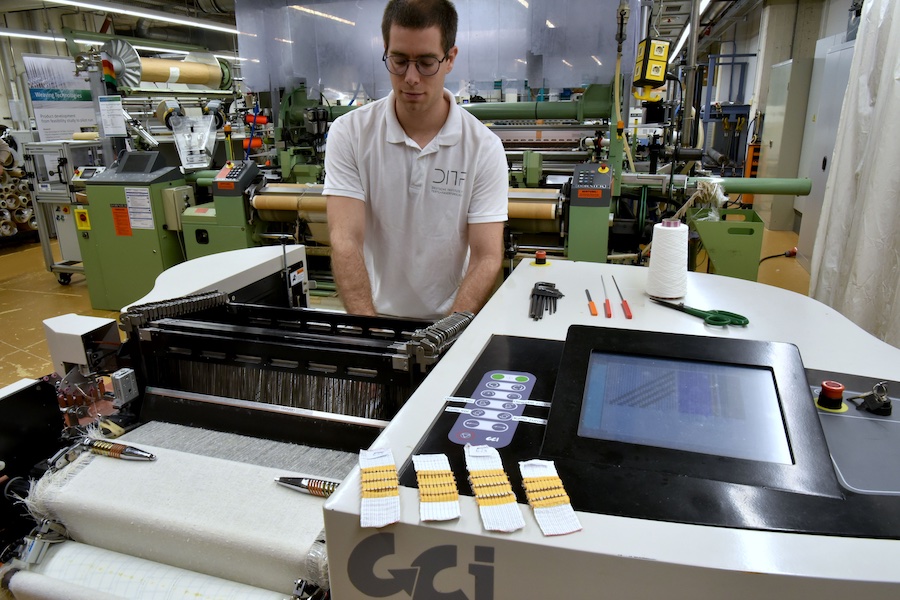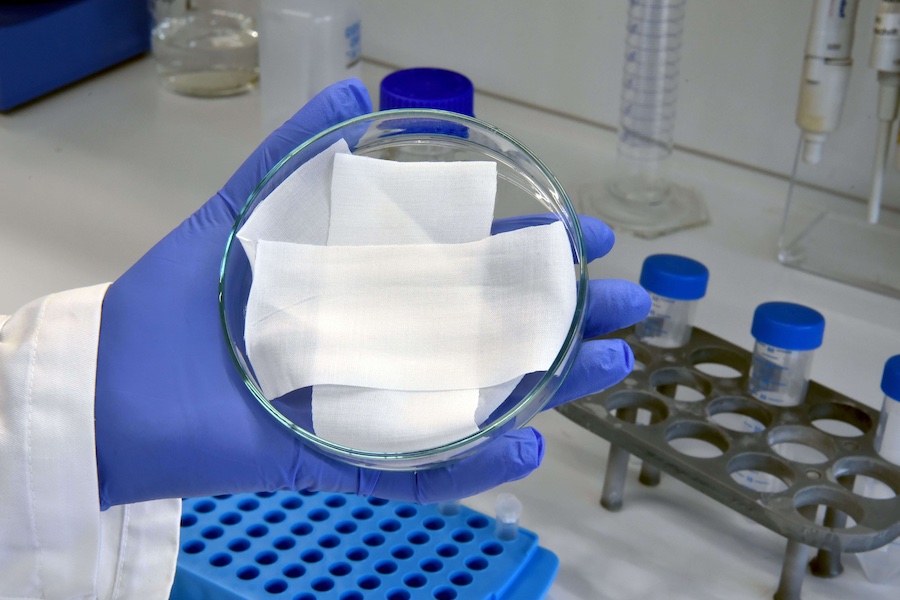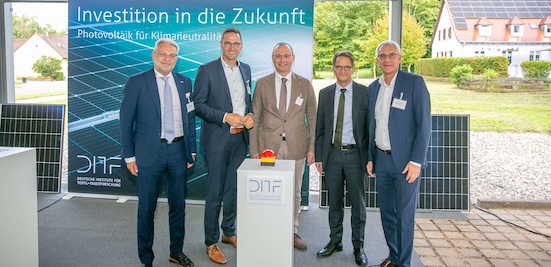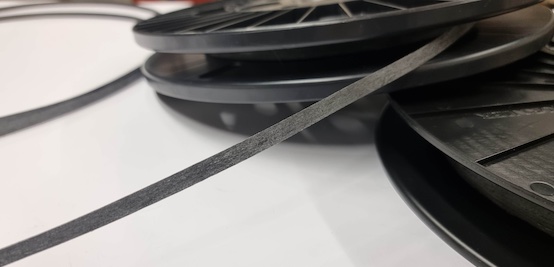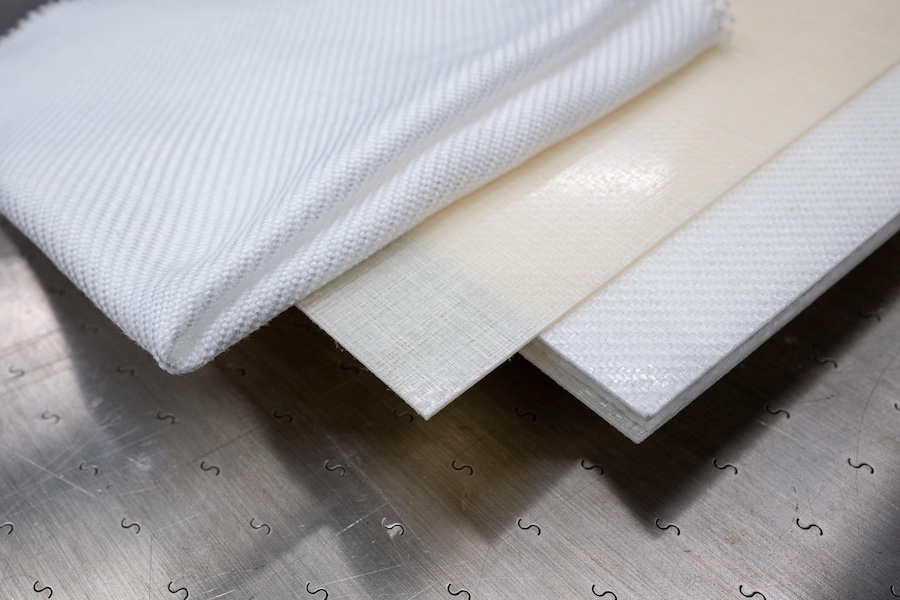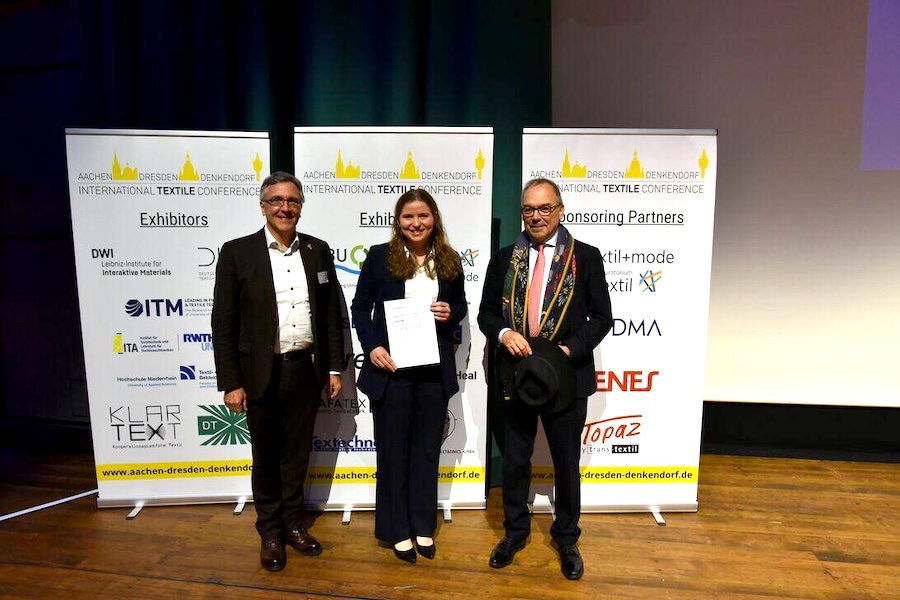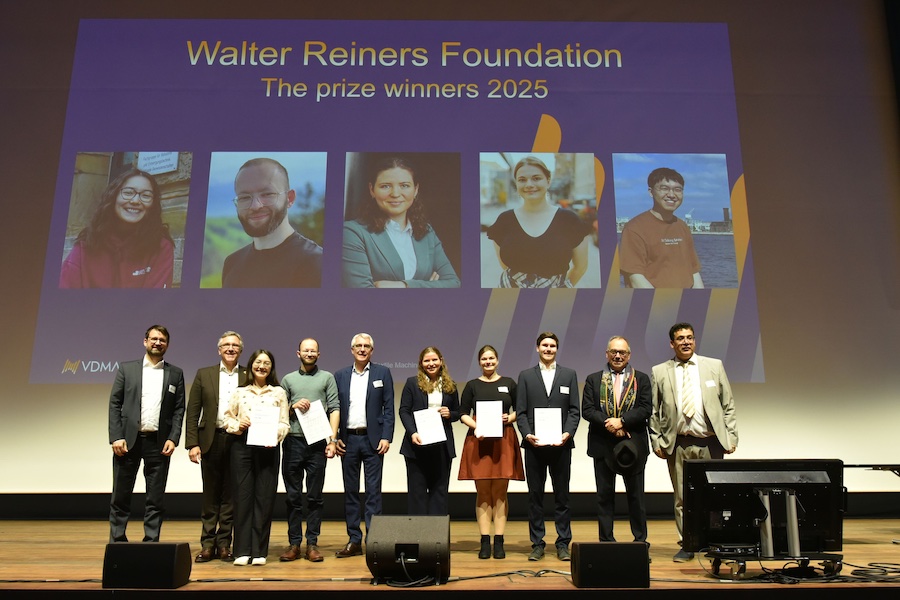#Research & Development
Vibrations lead the way

When you have to turn into a street, the naviBelt® from the company feelSpace vibrates. It signals which direction you are facing and thus helps you find your way not only outside, but also indoors.
This is ensured by 16 vibration elements arranged around the belt. The project partner AMOHR developed a special conductive belt for this purpose, which is comfortable to wear thanks to its high elasticity on the one hand and enables contact with the vibration elements thanks to integrated stiffeners on the other. In the conventional method, the contacts are soldered. The team around Tobias Hecht has developed a process for the production of e-textiles that has previously been used for contacting microchips: ultrasonic welding. Compared to a soldering process, the contact points can be significantly reduced in size and the contacts are fixed with pinpoint accuracy. During soldering, the soldering material is melted and the contact points are heated. The hot solder melts, resulting in a relatively large heat input. The flowing of the solder also creates unwanted stiffening away from the contact point, which impairs the function of e-textiles in particular. Ultrasonic welding generates less heat, which protects the material.
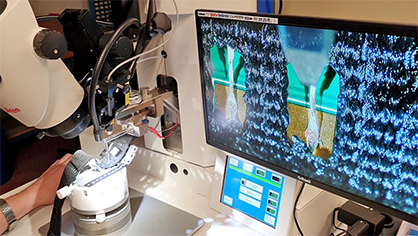
Ultrasonic welding also has health and environmental benefits compared to soldering. Solder is mixed with flux, which produces harmful vapors that have to be extracted and filtered.
The research project was funded as part of the Central Innovation Program for SMEs (ZIM).
